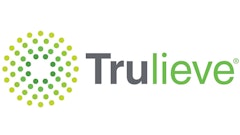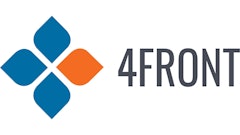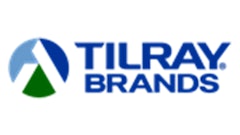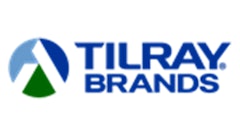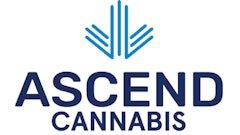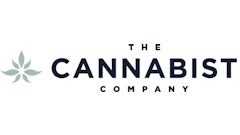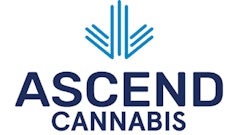
With each new state to develop a regulated cannabis industry and each new patient or consumer joining the marketplace, the very business of cannabis grows more normalized in Western society. And with that comes a suite of new responsibilities and measures of accountability for companies seeking success in that market. Human Resources, a staple of most other commercial industries in the U.S. and elsewhere, has become a driving force in how cannabis businesses operate.
Following a brief industry-wide shudder upon the rescission of the Cole Memo by U.S. Attorney General Jeff Sessions in January of this year, businesses have gone on to see a relative surge in prospective employee interest from all professional backgrounds. With that comes a reinvigorated approach to HR.
The professional employee base of the industry is growing.
“Now, over the course of this year, I think we've seen a strong amount of interest in folks that are outside the cannabis industry that are looking to come in and participate,” Wurk CEO Keegan Peterson says. “We're seeing that all levels of the business—folks that are executives all the way down to folks that are, first-time, first-job. So, we're seeing the big uptick in interest in being an employee in the industry. I think the investor spaces significantly increased, especially with the Canadian markets, providing liquidity opportunities for institutional capital, which is helping fund NGOs and some of these larger operators to grow and expand, which means there's consolidation happening right now.”
Here, Peterson outlines several keys to a sound HR strategy, something that cannabis businesses must integrate into their internal structure to succeed in an increasingly competitive marketplace.
1. Hit the Ground Running
The early stages of the hiring process are vital. Make sure that everyone involved in that process knows what is expected of a particular open position and of the candidates coming in for the interview. Set goals and communicate them clearly.
“Spend a lot of time in the interview process and really define the type of person that you're looking for and the skill set that you need,” Peterson says. “And how we look at our business as well as how we advise our clients is: What is the perfect candidate to fill this job? And the person you're bringing in: What are the skill sets they have and don't have?
“And then how do you bridge the gap between those two?”
Clearly identify what it is you’re looking for in a new employee and get a good sense of what he or she, in turn, is bringing to the interview process. Turnover is a real issue in the cannabis space, and it’s not worth wasting anyone’s time over unclear goals and miscommunicated job descriptions.
The dispensary side of the industry is seeing applicants from the restaurant and retail space, Peterson says, while the cultivation side is seeing more interest from food manufacturers and laboratory-based scientists. Knowing the source of your prospective employees is important, as they will be bringing in skills from those other industries—areas that may provide certain benefits to a cannabis business in unexpected ways.
2. Set up a Training Plan
“Cannabis is very unique,” Peterson says. “It has a lot of complex regulations that are required, and the challenge is, if you don't comply with those regulations, you can lose your business. There's a lot more on the line than there would be in a typical industry. Training employees to understand that type of liability and the importance of standardization is so much more important in cannabis.”
The whole onboarding process is crucial, once you’ve extended a job offer and hired a new employee. Because of the layers of laws surrounding cannabis in the U.S., the idea of working in this industry is totally different than in any other line of work. Employees must be brought up to speed on all relevant state and local regulations and on all compliance protocol within the company.
That can be achieved during a training program, when other internal business processes and matters are conveyed.
3. Maintain an Employee Handbook
Larger companies are starting to embrace the idea of a human resources department, bringing on dedicated employees to handle this facet of the business. Smaller companies, meanwhile, may bake the HR responsibilities into the job duties of a few executives on the team. Either way, the constancy of an employee handbook makes everyone’s jobs easier and more efficient.
This handbook should properly communicate all internal processes and the overall structure of the business, and it should convey what happens in the event of a particular incident (whether that be some sort of interpersonal dispute or a violation of company policy).
“I think you definitely want a rigid set of principles in place; you don't want to necessarily update it too frequently, because then it's hard for employees to be held accountable to it,” Peterson says. “But I think it is important to revisit it every so often, maybe every six months, or once a year, to make sure that that handbook still reflects the culture and values of the business.”
4. Review!
As HR is more thoroughly integrated into the cannabis space, the tried-and-true performance review comes with it. Regular reviews allow employees a clear sense of how they’re doing and a measure of where they’re fitting into the company’s growth trajectory.
“The age of HR is so important right now that businesses are looking for ways to provide feedback to their employees,” Peterson says. “I think the old way of doing performance reviews isn't necessarily how folks are doing it today. They do have systems in place, like ours, that they can electronically perform a performance view; however, they're doing it on a more frequent basis. So, this might be something done monthly, quarterly and yearly. And the goal is not so much a performance, but a feedback session where goals are set.
“Then managers are sitting down with employees and giving them feedback on how they perform those goals—and then readjusting the goals and doing that more frequently. [This is so] that employees—they don’t learn that they weren't doing the right thing a year later and they don't have a job, or they didn't get that bonus. Now, they're actually getting corrective action in real time. And that's becoming more of a trend we're saying in the space.”
Top photo courtesy of Adobe Stock















